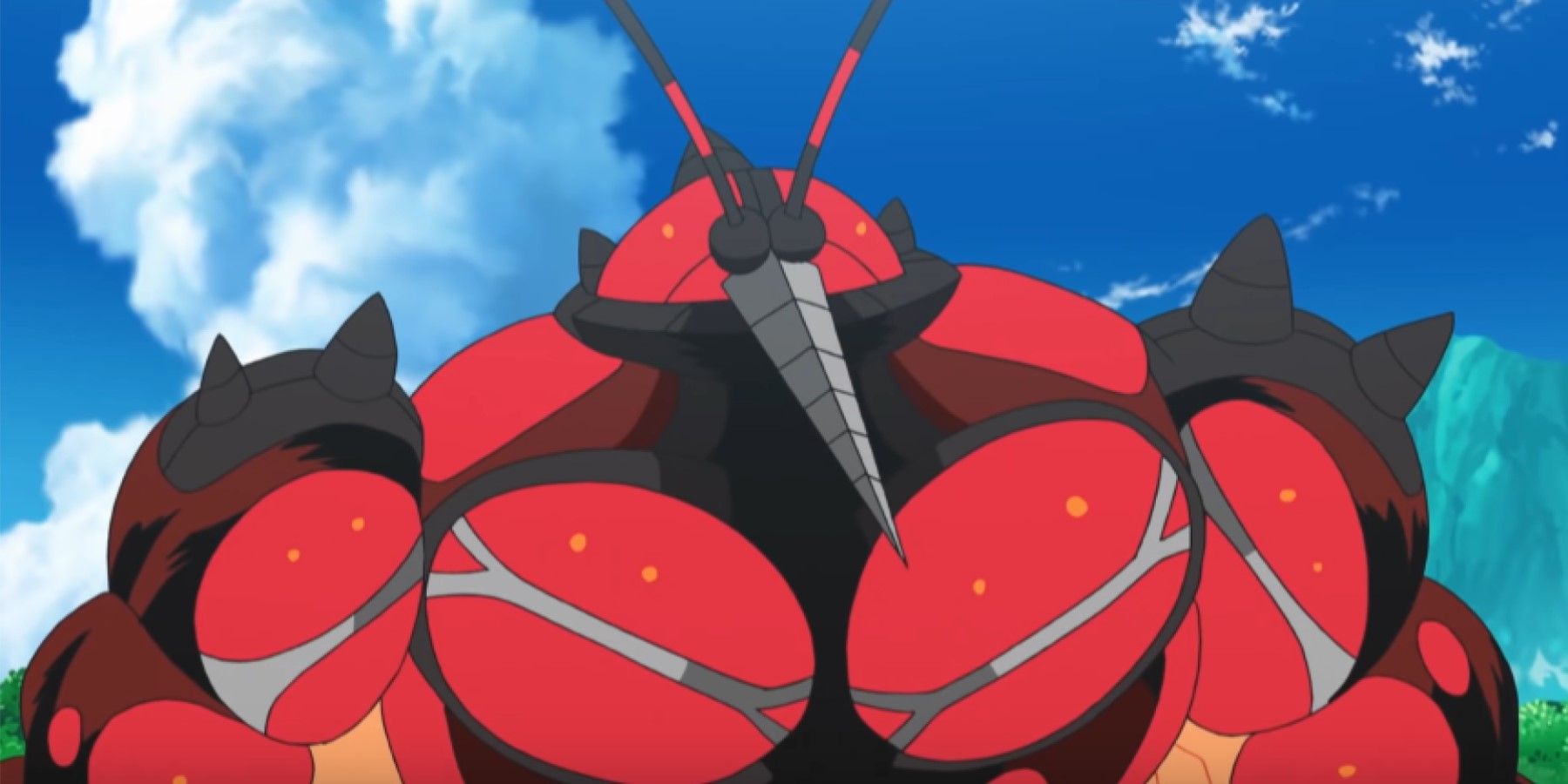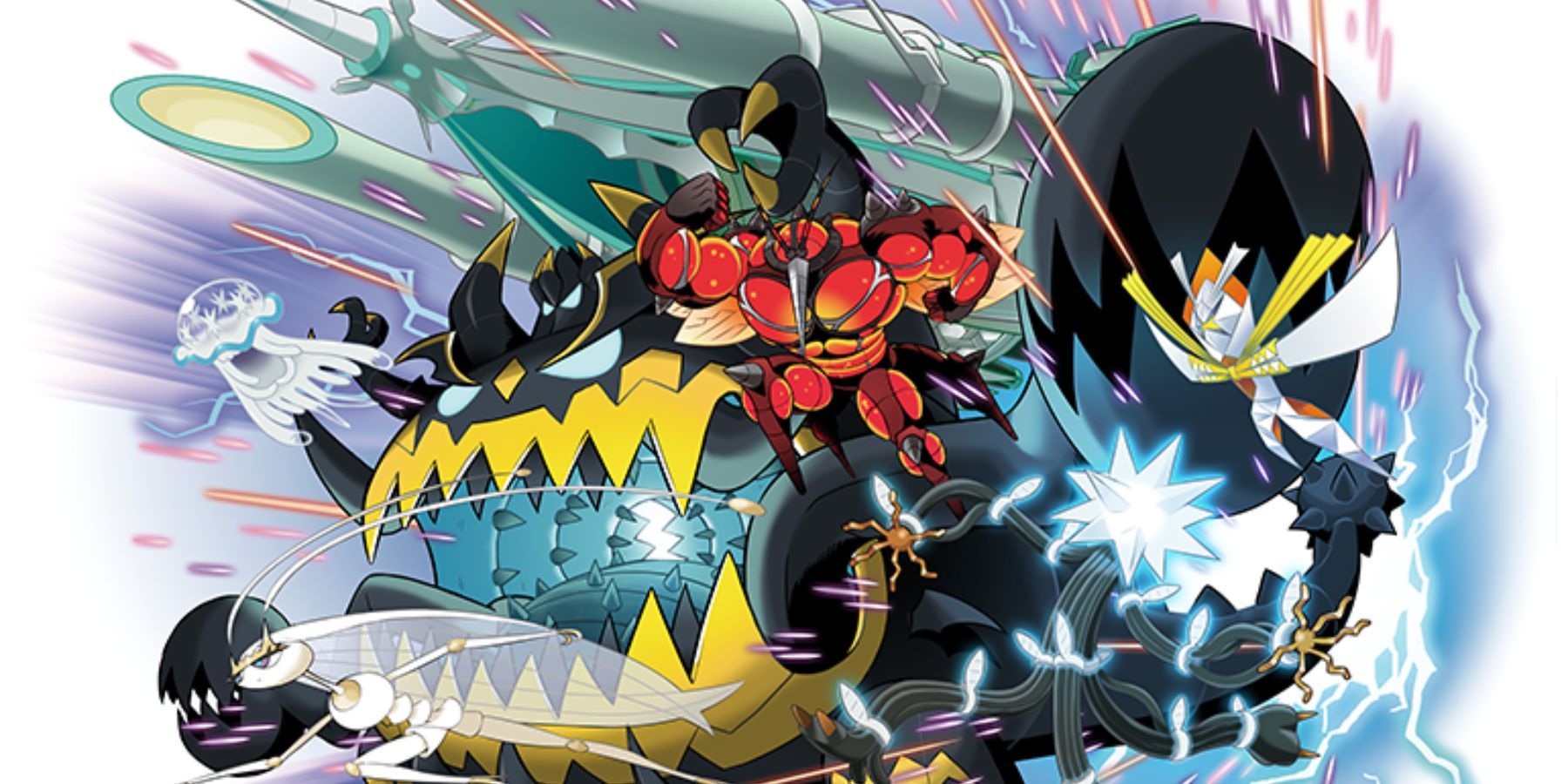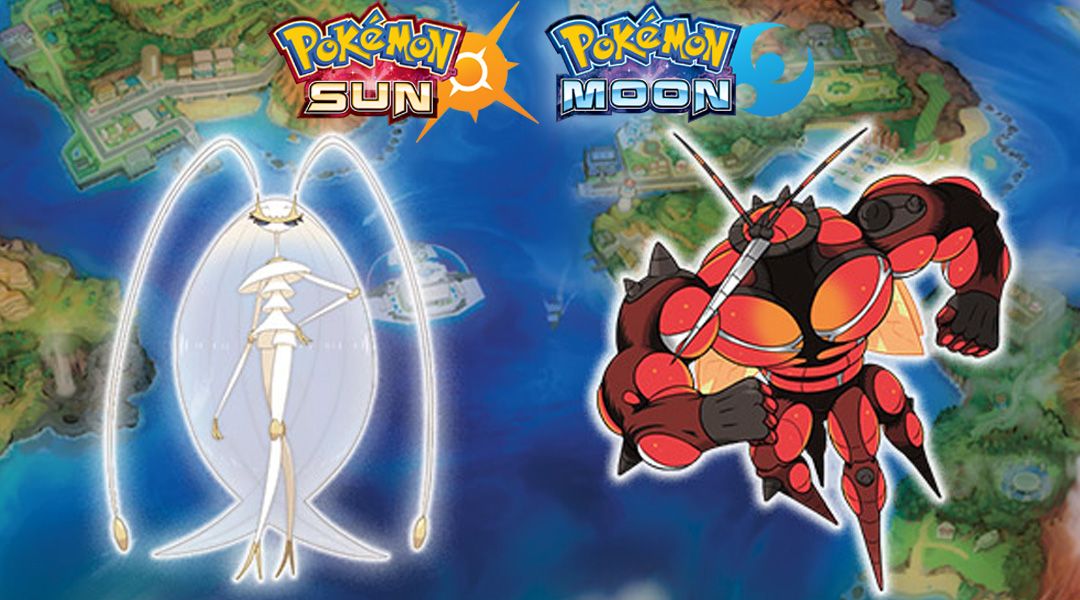The Pokemon franchise has had a long history, and despite the release of numerous titles, it has managed to continually capture the attention of gamers. One of the ways it has done this is by staying true to its core formula while carefully introducing new gimmicks and features with every new release to keep things fresh. Consequently, over the years, players have been treated to Mega Evolutions, regional variants of Pokemon, and Z-Moves, all with varying levels of success. Perhaps the most interesting gimmick to ever appear in the Pokemon series is the Ultra Beasts.
Introduced in Pokemon Sun and Moon, Ultra Beasts are strange, extra-dimensional Pokemon. They stand out in every way from typical Pokemon, including with their designs which make them appear alien and otherworldly. Ultra Beasts are weird, but when one investigates them deeper, it becomes apparent that they are quite thematically relevant to Pokemon Sun and Moon. Though not all fans fell in love with the Ultra Beasts, they remain some of the most memorable Pokemon of all time.
The Ultra Beasts and their Origins
In Pokemon Sun and Moon, players visit the Alola region where they meet several new characters, including Lillie and Hau. Players cross paths with some new Pokemon, many of which have adapted to Alola's unique environment. One of the strangest Pokemon players see is Cosmog, a creature that looks like a cosmic cloud. Although Cosmog is hard to understand, it is a cute creature, and Lillie takes good care of it and names it Nebby. Using Nebby's powers, Lillie's mother opens Ultra Wormholes which connect to Ultra Space, the realm where the Ultra Beasts reside. Once the Ultra Wormholes are opened, the Ultra Beasts are unleashed onto Alola, and they quickly wreak havoc.
To help keep Alola safe, players can capture the Ultra Beasts, although things work a little differently when dealing with them. For example, when regular Pokemon are encountered, they are recorded in the Pokedex, and this is not the case for Ultra Beasts, which highlights how alien they are. Most notably, most Pokeballs are quite ineffective against Ultra Beasts, except Beast Balls which are the recommended type of Pokeball to use against Ultra Beasts. Ultra Beasts make an appearance again in Pokemon Sword and Shield where players can catch them in Dynamax Adventures, and it has yet to be seen whether Ultra Beasts will appear in Pokemon Scarlet and Violet.
The Inspiration Behind Ultra Beasts
Like regular Pokemon, the Ultra Beasts take inspiration from the real world. It appears that the Ultra Beasts of Pokemon resemble the invasive species that have plagued many biomes around the world. This is a particularly noteworthy theme to introduce to the Alola region, which is inspired by the Hawaiian Islands that have had to deal with invasive species threatening its delicate ecosystem. Like the invasive species of the real world, Ultra Beasts look out of place, and they are a destructive force. The issue is not that the Ultra Beasts should not exist at all, but that they have been forcibly transplanted to an environment in which they do not belong. In this way, through the Ultra Beasts, Pokemon Sun and Moon delivers an ecological cautionary message, warning players that while nature is beautiful it is very easy to disrupt its balance.
For most of the Ultra Beasts, it is not difficult to figure out what they are based on. Buzzwole looks like a mosquito, and it has been theorized by some fans that it is specifically inspired by the Aedes albopictus species that has spread globally and continues to be a pest due to its close relationship to humans. Pheromosa resembles a cockroach which is another insect that has grown to be a globally invasive species, while Nihilego looks like a jellyfish and is most likely based on the Phyllorhiza punctata species that is native to the Western Pacific Ocean but has spread to other waters, including those surrounding Hawaii. Celesteela parallels a plant instead of an animal, as its arms resemble bamboo.
Guzzlord is a large Ultra Beast that eats everything and has pincers. It shares many traits with the European Green Crab, a notoriously invasive marine species that causes problems when it preys on all the small marine life in its presence and out-competes native species. Poipole looks like a bee larva while its evolved form, Naganadel, resembles a wasp. Blacephalon is a whimsical Ultra Beast that looks like a dandelion which is a plant species that spreads easily when its seeds are blown by a breeze.
Other Ultra Beasts encountered in the Alola region are a little trickier to figure out. Xurkitree looks like a bundle of electrical cables, which may appear to not make much sense at all at first. However, it could allude to the way human technology has invaded the natural world, leading to disastrous consequences. Kartana may have a similar metaphorical meaning, as it resembles an origami samurai, and this could suggest that humans are occasionally an invasive species in certain environments. Stakataka is composed of many life forms that merge to create a tower, and the Ultra Beast may represent communal invasive organisms that, when working together, have the potential to be an unstoppable force of destruction.
Since Ultra Beasts, there have not been Pokemon quite as weird ever introduced again, and they represent an odd but unforgettable moment in the franchise's history. The strange designs of the Ultra Beasts effectively highlight the fact that they do not quite fit in with the regular Pokemon, making it clear to players that they are looking at alien creatures. Through Ultra Beasts, Pokemon Sun and Moon illustrated the dangers of invasive species and how they can destroy nature when they are introduced to the wrong environments.
Pokemon Sun and Moon is available on Nintendo 3DS.



